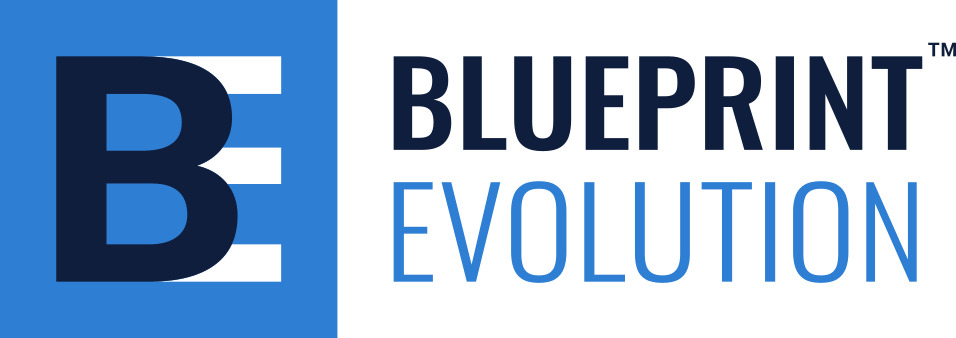Companies that cultivate high-performing teams have a competitive edge. A team that works well together is more productive, creative, and resilient. But what does it take to build a team that thrives? The answer lies in team dynamics, psychological safety, and strong leadership practices. Leaders who prioritize trust and collaboration create a foundation for a culture of success and genuine buy-in.
The Foundations of High-Performing Teams
1. Establishing Trust and Psychological Safety
Harvard Business School professor Amy Edmondson defines psychological safety as “a shared belief that the team is safe for interpersonal risk-taking.” Foundational questions such as: “Can I be my authentic self?” “Can I grow?” “Can I create value?” “Can I be candid about concerns and change?” shapes an environment where psychological safety thrives. In a 2017 study published in the Harvard Business Review, companies with high psychological safety saw a 30% increase in productivity and a 27% improvement in employee retention.
A compelling example is Basecamp, a mid-sized software company known for its innovative work culture. Basecamp fosters a psychologically safe environment by encouraging open discussions and allowing employees to challenge ideas without fear of repercussions. Their leaders practice transparency, which in turn builds trust among team members.
How Leaders Can Foster Psychological Safety:
- Cultivate open dialogue by ensuring all perspectives are heard and valued.
- Model vulnerability by admitting mistakes and framing failures as learning opportunities.
- Engage in active listening and provide thoughtful, constructive feedback to build trust.
2. Defining Clear Roles and Responsibilities
Unclear roles lead to confusion, inefficiency, and frustration. A study by Gallup found that only 50% of employees strongly agree that they know what is expected of them at work. Clearly defining each team member’s role ensures that expectations are aligned, reducing conflicts and redundancies.
Best Practices for Leaders:
- Establish a structured onboarding process with clear goals, mentorship, and ongoing skill development.
- Utilize project management tools like Asana, Monday.com, or ClickUp to assign tasks, track progress, and improve accountability.
- Host regular team check-ins to align on priorities, address challenges, and reinforce a shared vision.
3. Encouraging Collaboration and Cross-Functional Work
Collaboration is more than just working together—it’s about leveraging diverse perspectives and skill sets to solve problems creatively. Companies that embrace cross-functional collaboration see a 20% faster time-to-market and a 15% increase in innovation, according to a report by McKinsey & Company.
A small but mighty example is Buffer, a social media management company with a remote-first approach. Buffer’s leadership encourages collaboration by using transparent workflows, shared goals, and a culture of mutual respect. This approach has resulted in higher employee engagement and productivity.
Ways to Enhance Collaboration:
- Leverage digital collaboration tools like Slack for real-time communication, Asana for project management, and Miro for brainstorming.
- Encourage peer mentorship by creating opportunities for knowledge sharing and cross-functional teamwork.
- Strengthen team bonds with intentional team-building activities, informal check-ins, and shared experiences.
4. Providing Continuous Feedback and Recognition
A lack of recognition is one of the top reasons employees leave organizations. According to a study by O.C. Tanner, 79% of employees who quit their jobs cite a lack of appreciation as a major reason.
Leaders who regularly provide constructive feedback and recognition build trust and motivation. Take the example of Wistia, a small video software company that thrives on open feedback loops. Wistia hosts regular check-ins where employees give and receive honest feedback in a safe environment, leading to increased engagement and performance.
- Strategies for Giving Effective Feedback: Ask individuals how they prefer to be recognized—some may appreciate public praise, while others prefer a private acknowledgment.
- Use the SBI model (Situation, Behavior, Impact) to deliver transparent, constructive, and objective feedback that fosters growth.
- Celebrate small wins and significant milestones to reinforce positive behaviors and maintain motivation.
- Promote peer-to-peer recognition through shout-outs in team meetings, digital appreciation boards, or structured reward programs.
5. Leading with Empathy and Emotional Intelligence
A truly high-performing team isn’t just efficient—it’s emotionally intelligent. A study from TalentSmart found that 90% of top-performing employees have high emotional intelligence (EQ), which helps manage conflict and foster positive relationships.
Leaders who lead empathetically, like those at BambooHR–an HR software company, create workplaces where employees feel valued and understood. Basecamp invests in employee well-being by offering flexible work schedules and strong environmental values, fostering a deep sense of purpose and connection among their teams.
How to Lead with Empathy:
- Foster meaningful connections by regularly checking team members’ well-being and offering support.
- Express appreciation and gratitude for employees’ contributions in authentic and personalized ways.
- Cultivate an inclusive environment where diverse perspectives are valued, heard, and integrated into decision-making.
Building a high-performing team takes intentional leadership, trust, and collaboration. Leaders can create an environment where teams truly excel by fostering psychological safety, setting clear expectations, encouraging collaboration, providing continuous feedback, and leading with empathy. In turn, businesses see higher retention, innovation, and overall success.







